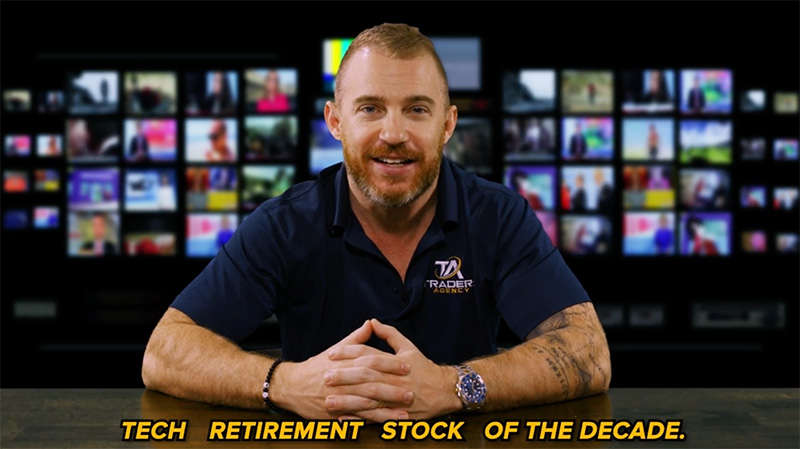Stocks are always moving through specific trading cycles – even during big downdraft days like Monday.
And my job here at Stock Surge Daily is to find, research and analyze stocks that are setting up to move in the right cycle for surging gains.
The key to being a more successful trader is to set aside the static of the general stock market and focus on individual stocks and how they are setting up for their own gains and givebacks.
I learned this from legendary trader Richard Wyckoff, whose work has empowered me to identify stock trading cycles that occur in all market conditions.
As I wrote in yesterday’s issue, I even made money trading stocks during Monday’s bloodbath. All that you need to do is to focus on stocks and how they are trading.
So, let’s review Wyckoff’s buy-and-sell cycle to give you a better idea of how I analyze and find our surge stocks…
Wyckoff’s Four Stages
Richard Wyckoff first laid out his buy-and-sell stock cycle in the 1920s. It is as relevant today as it was then – if not more so.
The cycle is made up of four distinct stages that have been repeating themselves for more than 100 years.
The pattern looks like this:
The Four Stages of Wyckoff’s Buy-and-Sell Stock Cycle
Stage 1: Consolidation
During the initial stage, the stock is not drawing any attention to itself.
It can lay dormant for months or even years with no major moves in either direction.
No one is talking about the stock, and it is completely off the radar of most investors.
Stage 2: Accumulation
If you want to make money in stocks, this is when you need to own them.
Following a consolidation period, the stock will break out as institutions begin buying the stock in large size.
For this reason, higher prices will usually be accompanied by a surge in volume.
The other three phases may be a bit of an academic discussion and less trading advice…
Stage 2 is where you will see the bulk of your gains.
The rapid rise in the stock price attracts other investors who pile on and add to the momentum.
This domino effect propels the share price to new highs, allowing for big, quick profits.
Phase 3: Distribution
By this time, the big boys have made their money.
They built up a sizeable position during Stages 1 & 2, and they are now selling to book profits.
Savvy traders who recognized the Phase 2 breakout and got in at the start are selling as well.
So, if everyone is selling, who is buying?
The suckers, that’s who.
These are investors with “FOMO,” or the fear of missing out, who watched their friends get rich on the move and are late to the party.
They will pay a sucker’s price. And the results won’t be pretty.
Phase 4: Capitulation
The party is officially over now.
Institutional traders are out, and there is no one left buying the stock.
Volatility increases as investors rush to liquidate their positions.
Moves higher are small and short-lived, as traders use these opportunities to get out at break-even or minimize their losses.
The rapid fall in price attracts short sellers who pile on, adding to the selling pressure.
Near the bottom, margin calls are triggered forcing the final wave of selling.
Volume will again increase until, eventually, the stock becomes undervalued and institutions begin buying again.
Stage 1 can now begin again, and the process starts all over.
A Perfect Example
Look at the stock chart for any stock that underwent a big surge higher.
It doesn’t matter if it happened in 2020 or 1920, you will see the same pattern.
For example, Crocs, Inc. (CROX) seems to go through this cycle every few years.
Weekly Chart of Crocs, Inc. (CROX) — Source: TradingView
In 2007, shares traded for $75. A year later they were worth a dollar.
The following year, CROX started the whole process over again…
Weekly Chart of Crocs, Inc. (CROX) — Source: TradingView
As you can see, Stage 2 is where the action is.
That’s where you want to focus your attention.
Buy the breakout… Look for the surge in volume in price… Then sell when everyone else starts paying attention.
Embrace the Surge,








